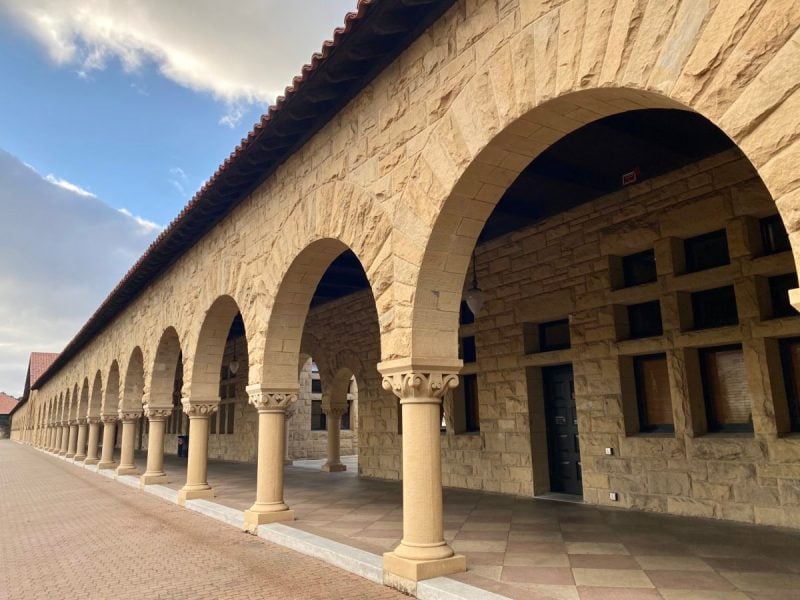Stanford’s current plan to invite frosh and sophomores to campus for winter quarter is not set in stone. It’s “contingent on state and county public health orders and our commitment to keep our campus as safe as possible,” Vice Provosts Mona Hicks and Emelyn dela Peña wrote in an Oct. 8 email.
The University has not announced when it will confirm its decision. It has advised students to refrain from booking flights until they are told exactly when they will be able to move into their assigned housing.
Ayesha Dhall ’24 told The Daily that the uncertainty has made it difficult to plan for the upcoming quarter, as she is unable to book a flight until Stanford makes a final decision.
“I think we need a decision soon,” Dhall wrote in a statement. “They can’t make us wait until the last moment!”
Peer institutions have a range of plans, with some deciding to begin their terms online and others committing to bringing students back to campus come January. Stanford has stressed that bringing students back to campus is dependent on COVID-19 state, county and campus conditions. Frosh and sophomores interested in returning to campus for winter were asked to complete their housing applications by Oct. 30. Regardless of Stanford’s ultimate decision, students are not required to return to campus for an in-person quarter.
For fall quarter, the University announced that it would not be able to invite frosh and sophomores to campus six days after the fall housing application was due. Only those students approved to live on campus due to special circumstances were welcomed back.
Maya Green ’24 said that she feels apprehensive about the University’s decision.
“I feel like it is really up in the air,” she said. “It would be nice if Stanford would be more decisive about its [plans for winter].”
She added that she could see winter quarter playing out similarly to fall quarter, with Stanford reversing its plans due to public health conditions.
Peer institutions and other California colleges have made various plans for future terms.
Cornell University is taking a hybrid approach, with students going home for Thanksgiving break and returning to campus for a full residential spring semester. Like Stanford, Cornell has said that its plans are subject to change.
Harvard has not yet made a decision about the upcoming term. It laid out three possible scenarios for the spring semester, including three possible levels of residential density, but they aim to make a final decision by early December.
Yale recently announced that undergraduates will move-in in late January, delaying the start of the spring semester and eliminating spring break. Yale plans on distributing five break days throughout the spring semester to “decompress the pace of the spring.” Most of the college’s classes will be taught remotely, with some classes utilizing a hybrid model.
Harvard and Yale did not respond to requests for comment on their plans for the start of 2021.
Some larger campuses, such as the University of California, Berkeley, and the entire California State University (CSU) system, have decided to begin their first term of 2021 online. They plan on continuing remote learning through the remainder of the academic year.
The University of Southern California (USC) is currently conducting learning online, with the goal of inviting about 5,000 students to campus housing, in which dorms will operate at “single occupancy.” USC has yet to announce when their spring move-in will take place.
“Our classrooms have been completely reconfigured,” said USC President Carol Folt in a video update on the University’s spring 2021 plans.
Folt explained that when the University gets “the green light from the county,” USC will be ready for its students. The update also explained that while some spring classes will be in-person or hybrid, the majority will be online.
On Oct. 8, Santa Clara County’s Public Health Department updated guidance for colleges, allowing classes that were already being conducted outdoors to move to indoor spaces.
Santa Clara County moved to the orange tier on the state’s COVID-19 color-coded risk assessment system on Oct. 13. The orange tier indicates a moderate risk level in which some indoor businesses are allowed to reopen with modifications.
Contact Rosana Maris Arias at rosmar18 ‘at’ stanford.edu.
